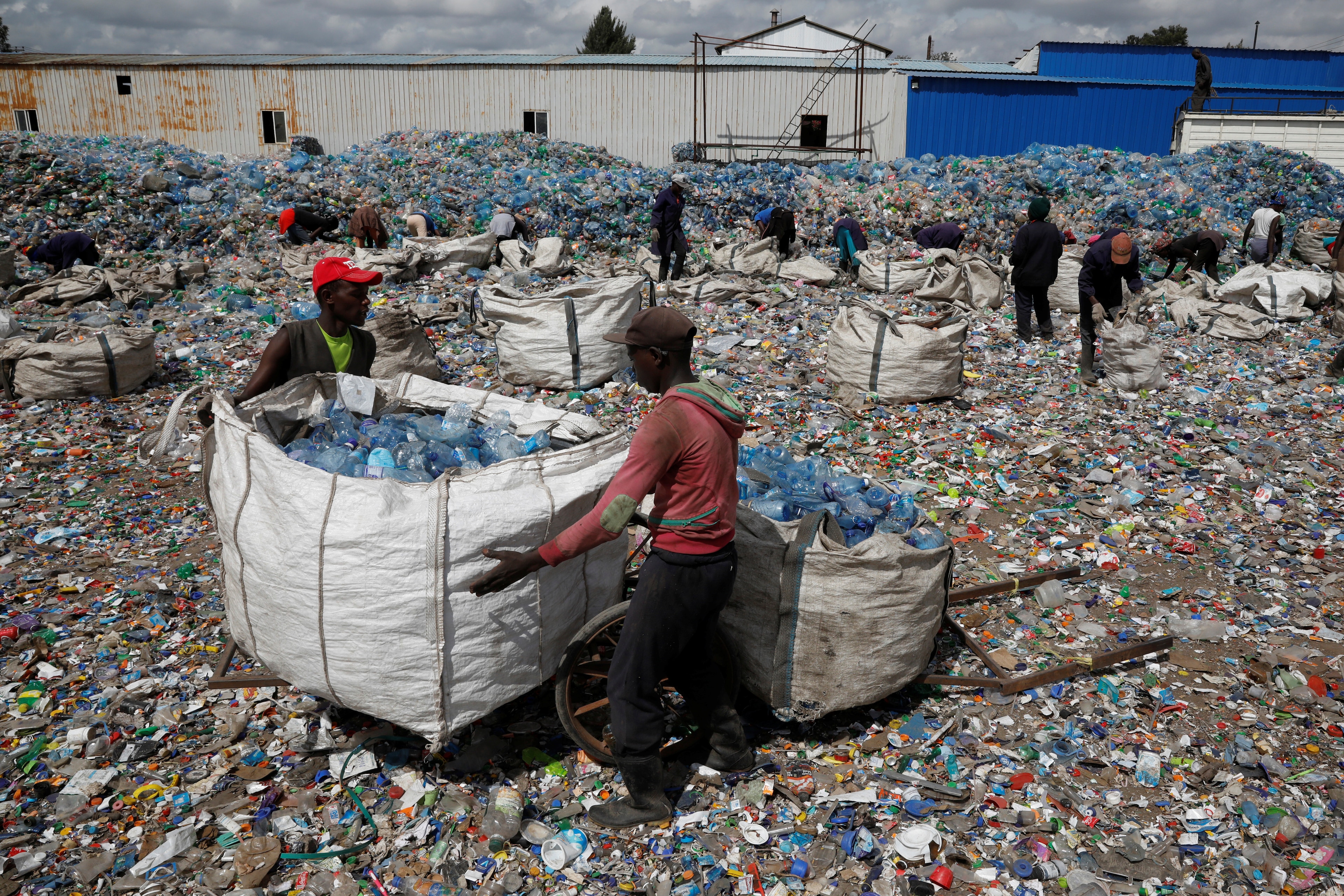Jamaica's coral reefs were in big trouble. But this project is helping save them
The White River Fish Sanctuary is a gazetted marine protected area in the Jamaican reefs.
Image: Jamaica Conservation Partners
Stay up to date:
Future of the Environment
- Jamaica lost 85% of its reefs due to a hurricane, pollution, overfishing and boat damage.
- “Coral gardeners” are helping to restore the reefs by growing young corals in “nurseries.”
- Sea urchins and parrotfish, which protect corals, are also making a comeback.
Jamaica’s coral reefs were once a paradise for scuba divers and a haven for marine life from parrotfish to sea snakes. But that was before a sequence of disastrous events deprived the Caribbean island of its coral.
How UpLink is helping to find innovations to solve challenges like this
The destruction started in 1980 when category 5 Hurricane Allen, the strongest Caribbean storm of the 20th century, hit Jamaica with winds of over 185 km/h and a 12-metre storm surge.
Just as the coral was starting to recover, in 1983 a mystery disease killed off grazing sea urchins, which kept harmful algae at bay. Pollution, overfishing and boat damage added to the destruction, and eventually 85% of Jamaica’s coral reefs were lost.
But now these “rainforests” of the oceans are starting to recover, thanks to the efforts of a group of scuba divers who are nurturing young corals in “nurseries” before planting them back on rocks to rejuvenate the reefs.
In the underwater nurseries, located in The White River Fish Sanctuary, one of Jamaica’s 44 Marine Protected Areas (MPAs), coral fragments are suspended from ropes to allow them to feed and grow, protected by the coral gardeners who remove predators like snails and fireworms that prey on immature coral.
When the corals are big enough, the divers use fishing line to attach them to exposed rocks in the former reef areas to secure them until the young corals have time to attach themselves permanently.
Safe havens
Corals are not the only living things making a comeback in Jamaican reefs. The areas are also being used to conserve heavily overfished species like parrotfish, which are vital to keeping coral reefs clear of invasive algae. Conservationists are calling for a total ban on catching parrotfish. Black sea urchins, which eat harmful algae, are also recovering and making the seafloor safe for corals once again.
Corals are soft-bodied animals that build a hard limestone-like carapace by converting minerals in seawater into calcium carbonate. It’s this hard outer shell that makes up a reef. Its bright colours come from friendly algae that protect the corals from damage.
But warming ocean temperatures are destroying the world’s coral reefs. Already half of Australia’s Great Barrier Reef has been damaged by “coral bleaching,” a process that starts with the death of the coral’s protective algae.
Accept our marketing cookies to access this content.
These cookies are currently disabled in your browser.
Without the algal covering, corals eventually die, leaving just their white skeletons. Scientists predict rising sea temperatures will destroy 90% of the world’s coral reefs unless we take urgent action to cut global greenhouse gas emissions.
Rainforests of the sea
Coral reefs occupy just 0.1% of the ocean floor but are a vibrant source of aquatic biodiversity, providing a home to a quarter of all marine life – that’s more species than rainforests. But they are very slow growing, which means they can take decades to recover from damage.
Our seas absorb about a third of all the world’s CO2 emissions. This is turning them acidic, which in turn harms corals. Over the last three decades, half of the world’s coral reefs have been lost, according to the World Wide Fund for Nature (WWF).
Coral reefs also provide food and livelihoods to millions of people, worth an estimated $386 billion each year. They also act as a buffer, protecting vulnerable coastlines and communities from storm damage.
Jamaica still has a long way to go on its journey to marine recovery. But the coral farmers are a great example of ordinary people taking action to protect the environment and reverse the damage being done to our planet by climate change.
Don't miss any update on this topic
Create a free account and access your personalized content collection with our latest publications and analyses.
License and Republishing
World Economic Forum articles may be republished in accordance with the Creative Commons Attribution-NonCommercial-NoDerivatives 4.0 International Public License, and in accordance with our Terms of Use.
The views expressed in this article are those of the author alone and not the World Economic Forum.
Related topics:
Forum Stories newsletter
Bringing you weekly curated insights and analysis on the global issues that matter.
More on Nature and BiodiversitySee all
Hu Xiangdong and Felipe Carazo
August 1, 2025
Andrea Willige
July 30, 2025
Tom Crowfoot
July 30, 2025
Oliver Kade and Sarah Hadley
July 28, 2025
Nasim Pour, Sebastien Cross and Joel Gould
July 28, 2025





